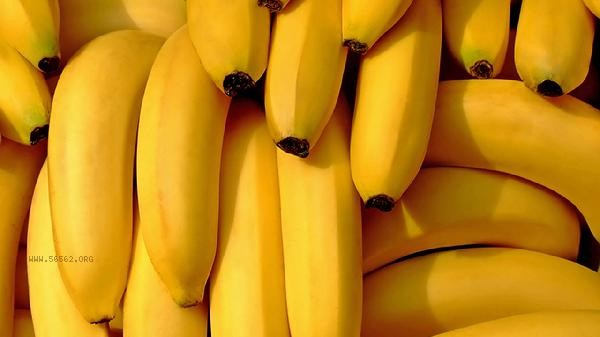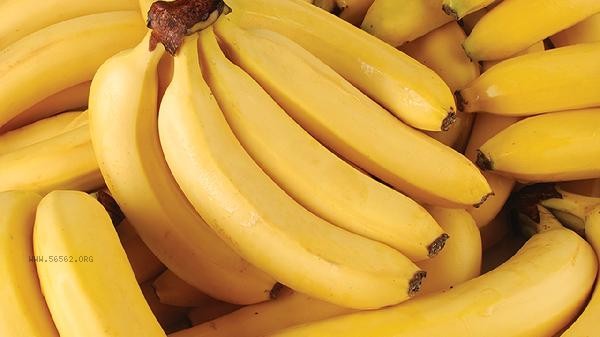Bananas that spoil from the inside are usually the result of a combination of internal physiological changes and external storage conditions. The main reasons for banana spoilage are ethylene release, enzymatic browning, mechanical damage, improper temperature, and high humidity.

1. Ethylene Release
During the ripening process of bananas, a large amount of ethylene gas is released, which is a plant hormone that accelerates fruit softening. The internal organization is more sensitive to ethylene, leading to faster decomposition of the flesh than the skin. When the starch inside immature bananas is converted into sugar, it generates heat, further promoting local decay. Avoiding stacking with other high ethylene fruits during storage can delay spoilage.
2. Enzymatic browning
Bananas contain polyphenol oxidase, which triggers browning reactions when the cell structure is damaged and the enzyme comes into contact with phenolic substances. The flesh tissue is more fragile than the skin, and compression during transportation can cause internal cells to rupture, resulting in subtle damage that is invisible to the naked eye. Low temperature storage can slow down enzyme activity, but temperatures below 12 degrees Celsius can lead to increased cold damage and internal decay.
3. Mechanical damage
Bananas are prone to collisions during transportation after harvesting. When the outer skin has strong toughness, scars may not be visible, but the internal flesh has already formed bruises. This type of damaged area will first ferment and produce an alcohol odor, making it easier for microorganisms to invade from the inside. When purchasing, you should choose bananas without sharp edges or indentations, and hang them at home to reduce pressure.

4. Improper temperature
High temperature environments can accelerate banana respiration, causing the core of the fruit to become soft and rotten due to heat accumulation. refrigeration can cause cell membrane rupture, and internal tissue fluid leakage during thawing can lead to spoilage. The ideal storage temperature is 12-15 degrees Celsius, which can maintain the green color of the skin while delaying internal ripening. It is recommended to wrap the banana stem with newspaper in summer to reduce water loss.
5. High humidity
Storage in sealed bags can cause water droplets to condense on the surface of bananas, allowing moisture to penetrate through the gaps in the skin and enter the interior, creating conditions for mold growth. Fungi such as Rhizopus can invade through the incision on the fruit stem and spread along the vascular bundle towards the flesh. Maintain ventilation during storage and cover with breathable cotton cloth. Bananas with black spots should be consumed as soon as possible to prevent mycelium from spreading throughout the entire fruit.

It is recommended to store bananas in a cool and ventilated place, avoiding direct sunlight and high temperature environments. Bananas with different levels of maturity should be stored separately, and those with black spots can be peeled and frozen for making milkshakes or baking. Check the condition of bananas daily and prioritize consuming those that have slightly softened. If the whole banana is found to be rapidly rotting from the inside at the same time, it may have experienced frostbite during transportation and should not be consumed again. Reasonably control the purchase quantity, and it is advisable to store at home for 3-5 days of consumption.








Comments (0)
Leave a Comment
No comments yet
Be the first to share your thoughts!